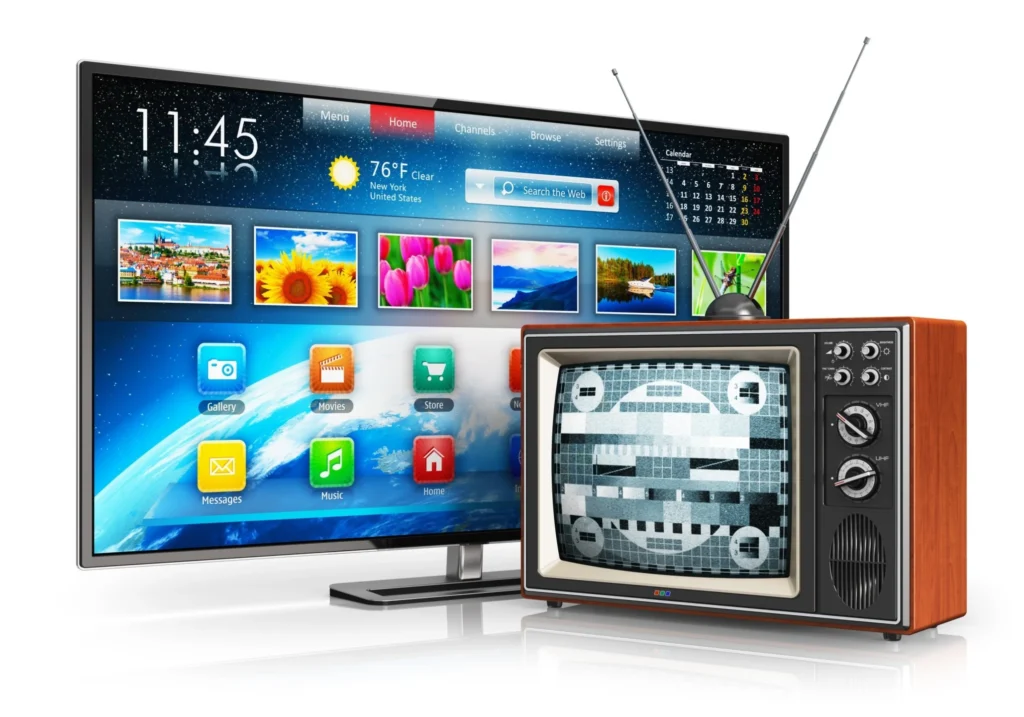
In the ever-evolving landscape of technology, few things have undergone as radical a transformation as television. Remember those days of fiddling with rabbit ears to get a decent signal?
Well, those days are long gone. The digital revolution has completely reshaped the way we watch TV, and the impact on our beloved old-school television sets has been nothing short of remarkable.
Let’s take a trip down memory lane, shall we? Back in the day, television was a bulky box with limited channels, dependent on analog signals, and sometimes even prone to ghosting and interference. But then came the digital era, and with it, a whole new world of possibilities.
Digital television, or DTV for short, has changed everything. Suddenly, we had access to crystal-clear picture quality, immersive sound, and a plethora of channels at our fingertips. No more adjusting antennas or dealing with fuzzy reception. It was a game-changer.
But what about our trusty old television sets? Surely they couldn’t keep up with the digital revolution, right? Well, not exactly. While some of our vintage TVs may have been left behind, many of them were able to adapt to the times.
Enter the digital converter box. This nifty little device allowed older televisions to receive digital signals, breathing new life into them and saving them from obsolescence. With a simple hookup, viewers could continue enjoying their favorite shows on their classic sets, albeit with a modern twist.
Of course, the evolution didn’t stop there. As technology continued to advance, so too did our viewing habits. Smart TVs entered the scene, combining the best of both worlds: traditional television with internet connectivity and a host of interactive features.
Suddenly, we could stream movies and binge-watch entire seasons of our favorite shows with just a few clicks. Smart TVs brought an unprecedented level of convenience and choice to the table, forever changing the way we consume content.
But what about the impact on traditional television? Has digital TV sounded the death knell for the old-school broadcasting model? Not quite. While the landscape may have shifted, there’s still a place for linear television in the digital age.
Live events, news broadcasts, and appointment viewing are just a few examples of why traditional TV continues to thrive alongside its digital counterparts. Plus, there’s something comforting about flipping through channels and stumbling upon a classic movie or a rerun of your favorite sitcom.
In conclusion, the evolution of digital television has had a profound impact on old-school television, but it hasn’t rendered it obsolete. Instead, it has breathed new life into our beloved sets, offering a seamless blend of nostalgia and innovation. So whether you’re tuning in with a rabbit-ear antenna or streaming on a state-of-the-art smart screen, one thing’s for sure: television will never be the same again.
